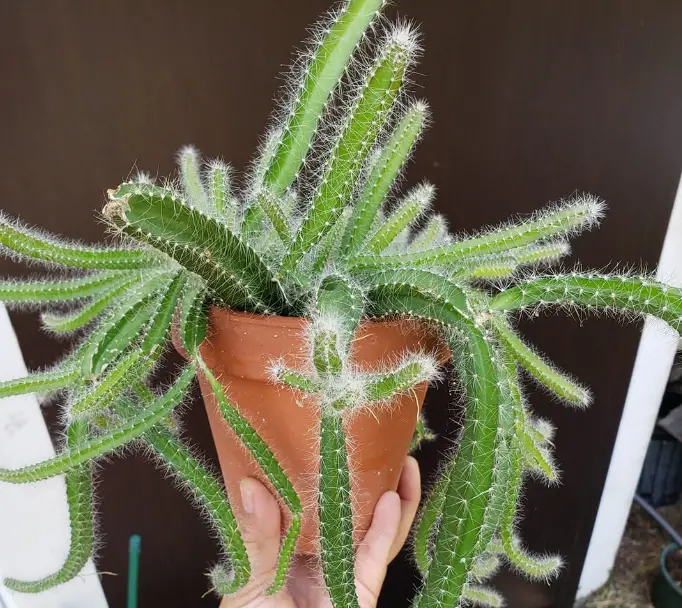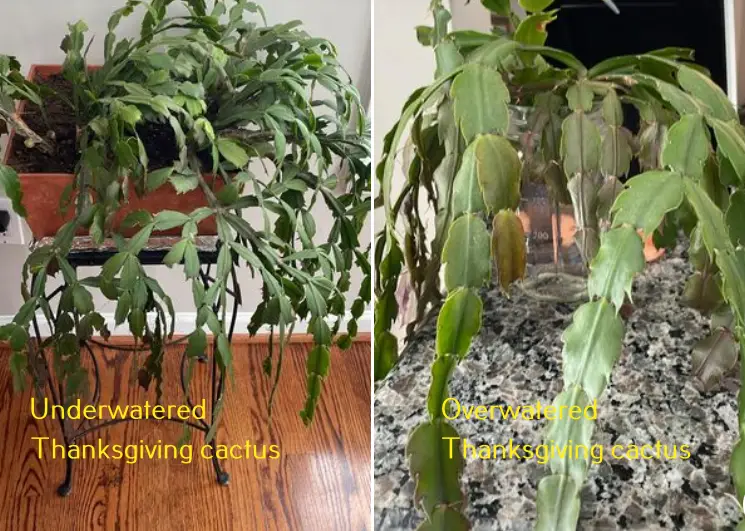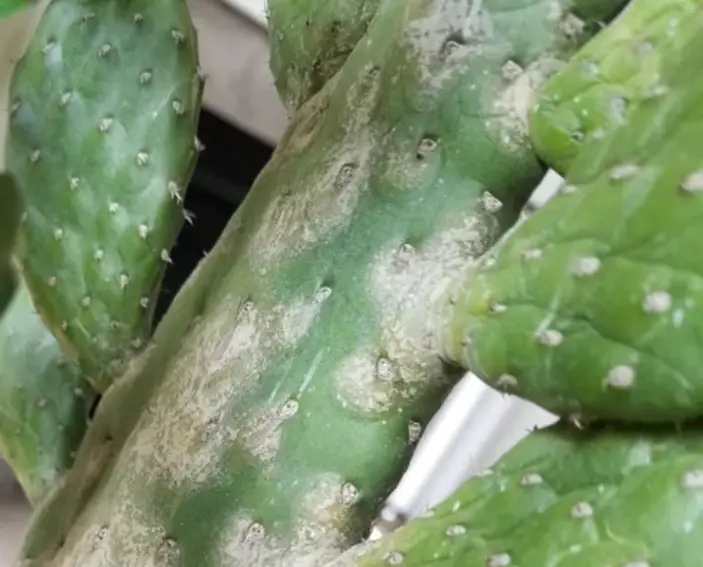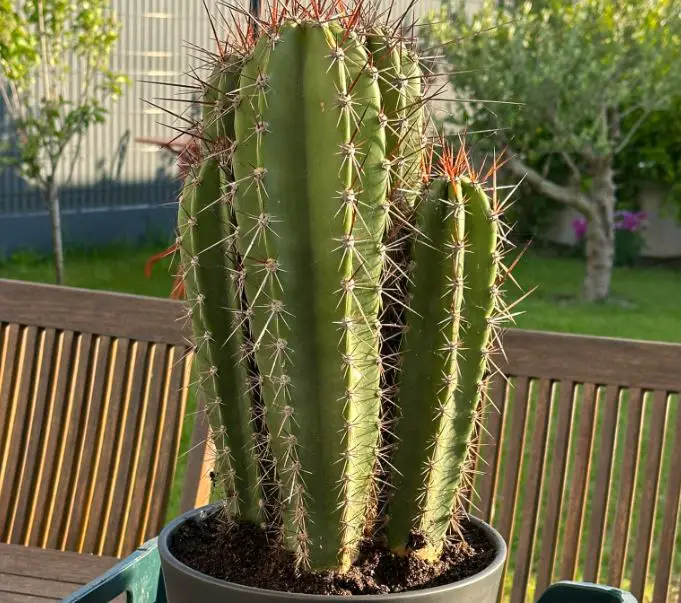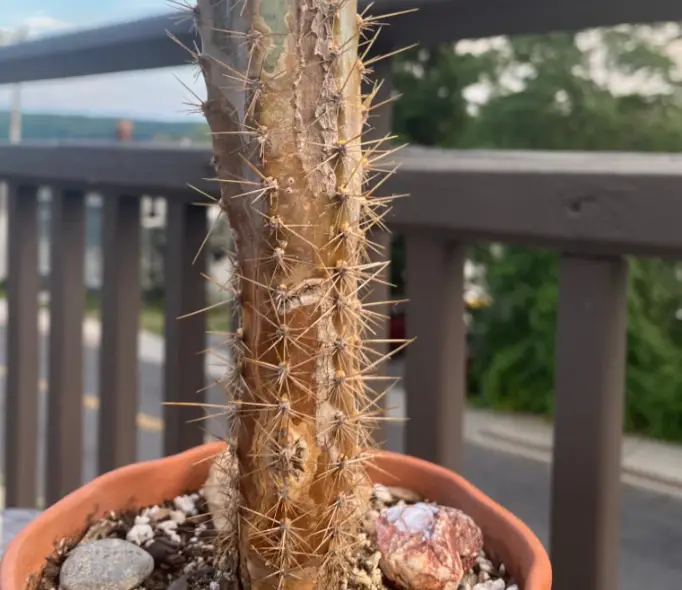Can Cactus Grow Indoors? What to Know
Growing cacti indoors can bring a touch of desert into your home. Although known to thrive in hot dry conditions, these plants also make great indoor houseplants. Cacti are low maintenance and thus a great choice for new gardeners. They essentially need proper lighting, well-draining soil, appropriate watering, and proper maintenance.
However, it is important to know that not all cacti are well-suited for indoor growth. Some cactus species can grow very large and may not fit in small spaces provided in homes. The Saguaro cactus, for example, is not likely to do well when grown indoors due to its tall height.
Forest cacti such as the Eater cactus, Christmas cactus, and Thanksgiving cactus are the easiest to grow indoors. They are native to Brazilian tropical rainforests where they grow as epiphytes on rocks and tree branches. These spineless cacti are well adapted to shady humid climates which can easily be replicated in a home setup.
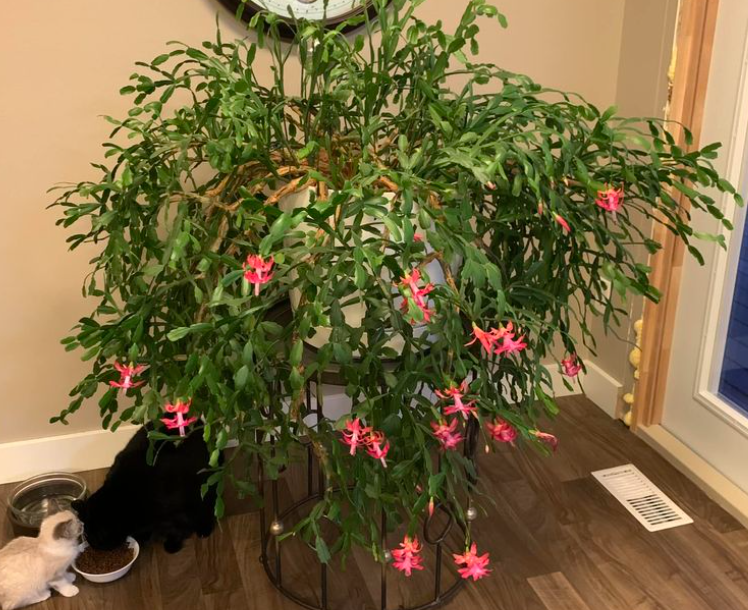
How to grow cactus indoors
To start your indoor cacti garden, get cacti seedlings from a nearby local nursery or garden center. It is also rewarding to know to propagate cacti from the pups or stem cuttings. In this case, you’ll need some patience as cuttings take longer to root.
Simply take a healthy cutting from a cactus plant of your choice. Personally, I enjoy propagating prickly pear cacti. The pads are usually easy to obtain and they root faster. Christmas cactus is also my favorite and I enjoy the colorful blooms they produce in the dead of winter.
Once you have obtained the cutting, place it in a cool place and let it stay for two days so that the cut end can form a callous. Planting the cutting directly without letting the wound heal may cause it to rot.
Plant the calloused cutting in a well-draining soil formulated for cacti and succulents. Ensure the pot has drainage holes at the bottom. Cacti also thrive in small quarters, so choose a pot that’s about twice the size of the plant. I always repot my Christmas cactus when the roots overgrow the pot.
Finally, mist the soil to provide the cutting with moisture and place it in a location that gets bright but indirect sunlight. Keep an eye on the project and mist the soil only when it feels dry to the touch. It may take several weeks for the cutting to root and form new growth.
Indoor cactus care requirements
For a cactus to thrive indoors, you need to provide the following:
1. Provide adequate lighting
Cacti need bright, indirect light to grow well indoors. A sunny windowsill or a room with plenty of natural light is an ideal location for the plant. It’s important to keep rotating the plant every few weeks to ensure all sides of the plant receive even light. This will prevent the cactus from leaning on one side or becoming leggy.
2. Grow the cactus in well-draining soil
Cacti need well-draining soil to thrive. Poor draining soil may cause root rot. A soil mix specifically formulated for cacti and succulents is ideal when growing or repotting a cactus. You may also make your own soil by mixing sand, perlite, and peat moss in equal parts
3. Proper watering
One of the biggest challenges gardeners face when growing cacti indoors is providing the right amount of water. Over-watering causes root rot which is the most common cause of cactus death. Cacti are drought-tolerant plants and should only be watered when the soil is completely dry.
It’s important to allow the soil to dry out completely before watering again. Generally, water your cactus once every 1-2 weeks, and don’t water at all during the winter months. You may insert your finger in the soil to test for moisture.
4. Provide ideal temperature
Cacti prefer warm, dry conditions, with nighttime temperatures between 55-65°F (13-18°C) and daytime temperatures between 70-85°F (21-29°C). Avoid placing cacti near cold windows, heat sources, or air vents as fluctuation in temperature can damage the plant.
5. Keep an eye on the humidity
Desert cacti prefer low humidity levels, so it’s important to provide good air circulation around the plant to prevent the growth of mold or powdery mildew on the plant tissues. However keep the humidity level between 50-60% if you are growing Christmas cacti, they enjoy humid conditions.
6. Apply Fertilizer during growth
Cacti can be fertilized monthly during the growing season (spring and summer) with a balanced, water-soluble houseplant fertilizer. Holiday cacti plants have higher requirements for magnesium therefore fertilize them with Epsom salts (magnesium sulfate) as well but not the same week you applied normal fertilizer.
7. Repot when needed
In time, the cactus root ball may overgrow the pot and it becomes essential to repot annually or as needed. The fresh soil mix also contains nutrients in full load thus helpful for plant growth.
Use a pot that is just slightly larger than your cactus root ball, as cacti prefer to be slightly pot-bound. Make sure the pot has drainage holes at the bottom. You may also place a layer of gravel at the bottom of the pot to improve drainage.
8. Winter care
In winter, cacti stop growing and their metabolic activity slows down. During this period, reduce watering and keep the plant in a cool, bright location, but avoid exposing it to frost. This is also the time to encourage Christmas cactus to bloom, by providing uninterrupted darkness.
9. Trimming
Pruning some old branches off the plant may also help some varieties of cactus to grow stronger and thicker. Be careful when trimming to avoid killing your cactus. Don’t prune more than a third of the foliage. You may use the cuttings for propagating more plants.
Note that, different species of cacti have specific care requirements, so it is important to research what is needed for your plant.
Common Problems when growing cactus indoors
In the right growth conditions, cacti will grow and thrive without any problems. However, pests such as scale, and mealybugs are common in neglected plants. Since pests commonly feed on sap, they damage the plant tissues which exposes the cactus to infection and moisture damage.
Rot is also a common problem in cacti. The condition occurs when the plant is exposed to too much moisture either around the foliage or roots. Root rot in particular is common in overwatered plants. It is a fatal condition and the plant may only be saved by the removal of the rotting tissue and repotting it in fresh soil.
You may also witness cactus sunburn when the plant is exposed to too much direct sunlight. It is commonly characterized by yellowing or brown patches on the plant. Sunburn on a cactus cannot be treated but the plant may heal naturally when good care is provided.
Final Thought
Growing cacti indoors can be a rewarding experience, providing a unique addition to your indoor space while also requiring relatively low maintenance. By following the right conditions for soil, light, water, temperature, and potting, you can create an ideal environment for your cactus to thrive.
References:
- The University of Minnesota Extension: Cacti and Succulents
- N.C. Cooperative Extension: Christmas cactus care
My name is Diane M Lewik, and I am the founder of this website. I am a degree holder in plant biology from the University of California – Berkeley. Over years, I have cultivated a vast collection of succulents and I have learned a great deal about how to grow and care for these unique plants.
